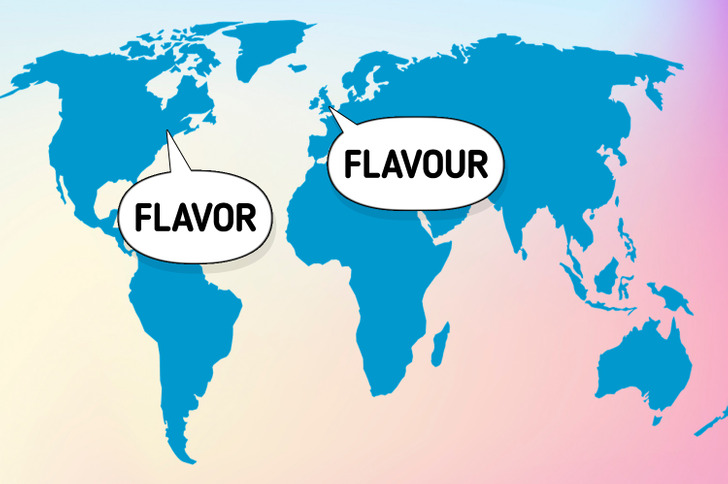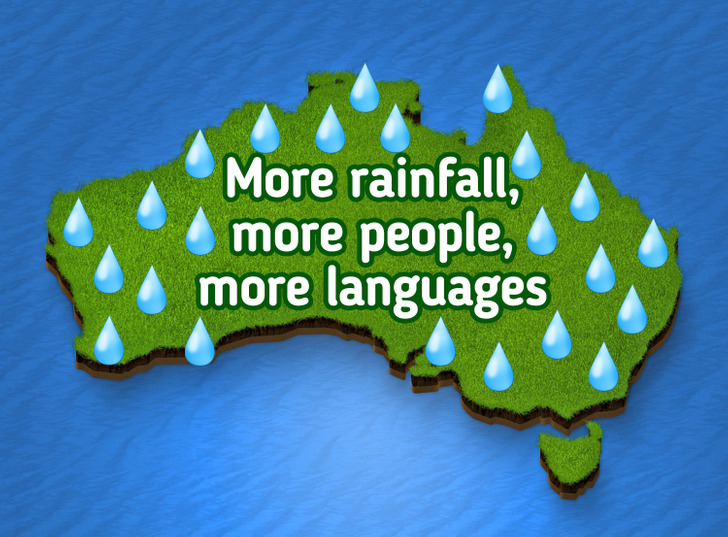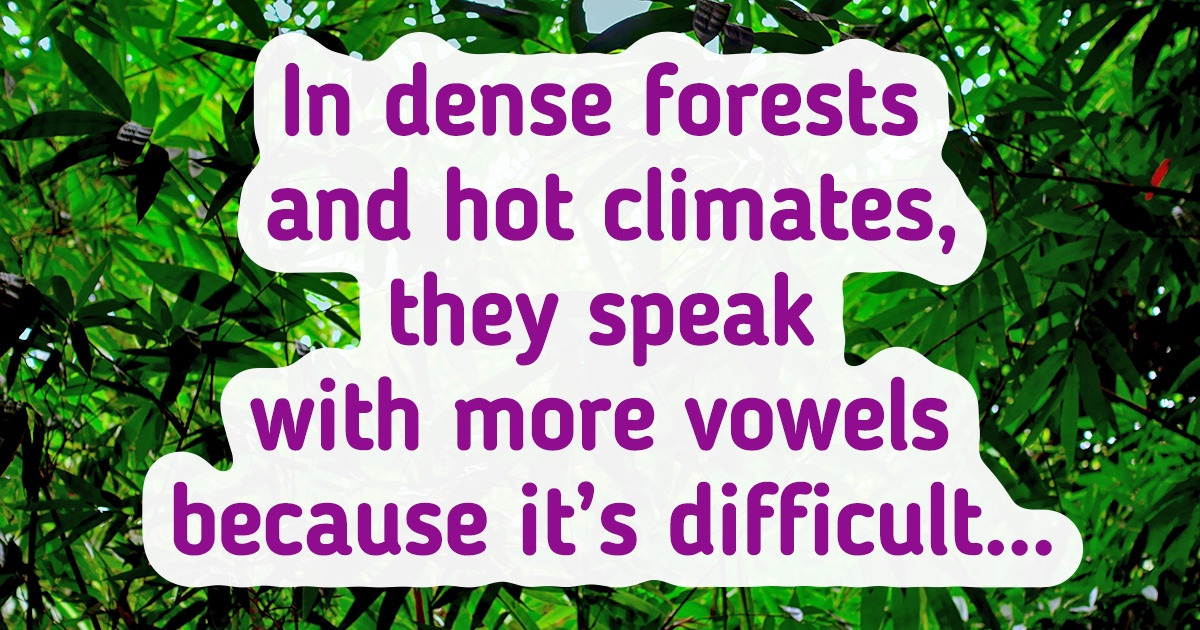
Why There Are So Many Languages
Today, there are more than 7,000 languages in the world. And the reason for so many languages is as old as humanity itself. However, when we consider the diversity of languages and the elements that formed these dialects, some theories do make sense. 5-Minute Crafts dug deep into their roots and presents a few factors that encouraged new languages to form. Read more below.
1. Languages change when people move.
One of the main reasons for multiple languages is distance and time. People are always on the move for exploring new endeavors. And with time too, the languages keep altering and evolving as well. For example, if you try to read Chaucer for the first time, you will surely realize that English has changed tremendously over the years.
The takeaway here is that when groups of people who communicate with a common language get separated by distance, their dialects may evolve in different directions too. And eventually, with time they speak two distinct but related languages.
2. Language may have been developed in different places.
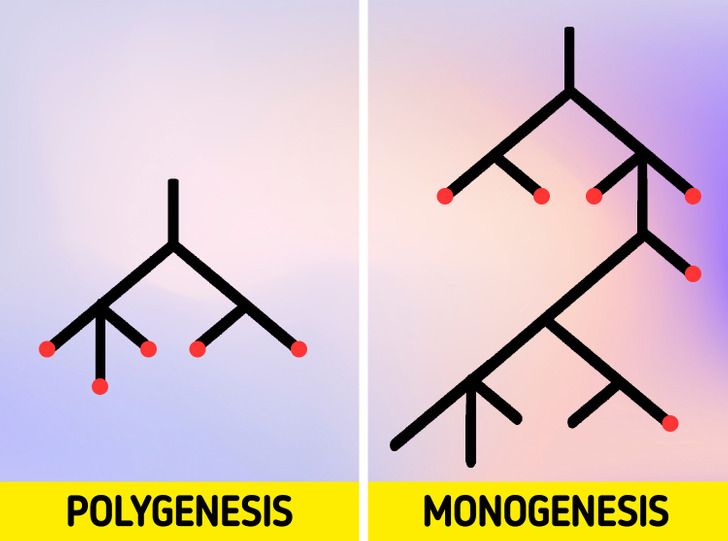
There are two theories that state the origin of language. One says that all languages come from a single ancestral language, also known as monogenesis. Whereas, another theory states that the languages evolved independently, without involving an ancestral language of any kind. This is called polygenesis.
So there is a possibility that language diversity was already taking place right from the beginning. Even if there was a single common language to begin with, humans could still speak multiple languages because they moved around a lot.
3. Geography influences the language.
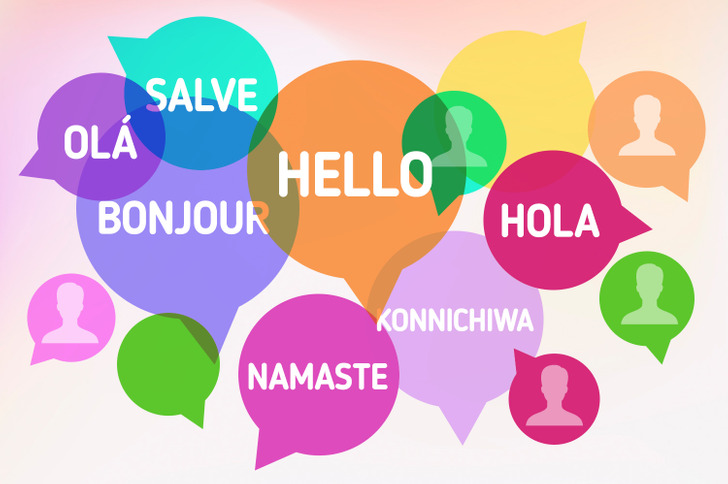
It is found that Europe has around 225 languages and Papua New Guinea has around 820 languages. Languages are unevenly spread across the world because of the geographical conditions. Apart from having tropical rainforests, Papua New Guinea is mostly mountainous. And due to this, its population has developed their own languages which may sound different from each other.
This is possible because of acoustic adaptation. It is a way where the species alter their sounds or vocals according to their surroundings to make themselves heard.
In denser regions and hot climates, consonants become less audible than vowels, particularly the letters p, t, and k, as they have higher frequencies than vowels. So, if the area has lots of trees, the environment would favor more vowels, when it comes to communicating.
4. Rain affects language diversity too.
Researchers conducted an experiment to study language diversity in Australia and found that rain significantly impacted the number and distribution of languages in the country. This is because the more rainfall a given area gets, the more people it can support. The more people, the more languages it can develop.
